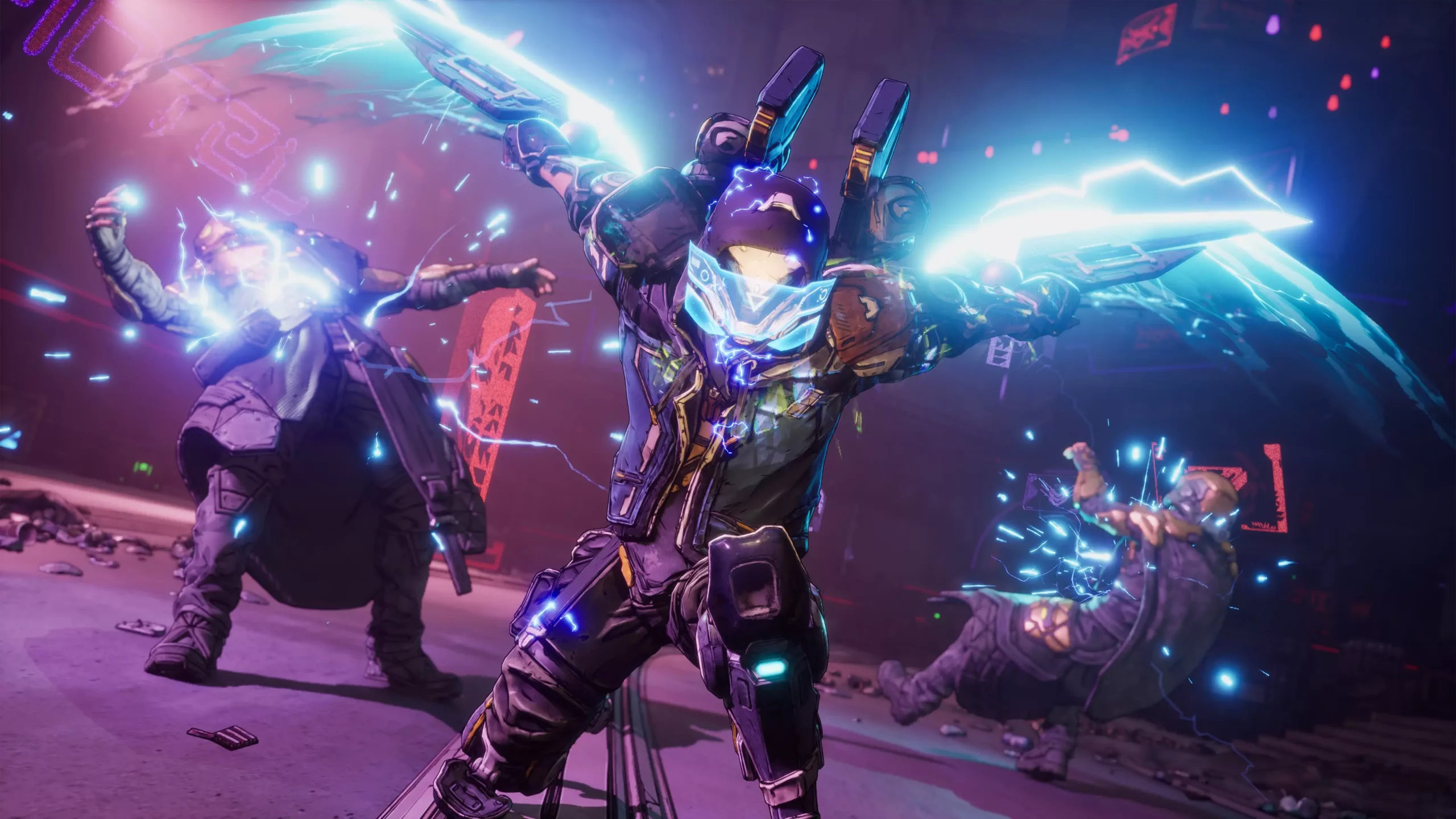In the current climate of escalating video game prices, the impending release of Borderlands 4 raises crucial questions about consumer expectations and industry realities. As major studios like Nintendo and Microsoft set new pricing standards—$80 for titles like Mario Kart World—the gaming community grapples with the impact of these hikes. Borderlands 4, developed by Gearbox and published by Take-Two, finds itself at the crossroads of this trend. The uncertainty surrounding its price tag exemplifies a larger debate about value, quality, and the financial challenges of game development.
Randy Pitchford, the head of Gearbox, admits candidly that he does not yet know the pricing strategy for Borderlands 4. Yet, he acknowledges the complex web of influences that impact pricing decisions. The balance between profitability for developers and affordability for consumers has never been more precarious. Pitchford’s comments underscore the tension between maintaining competitive pricing and recovering ballooning production costs. Game budgets are on the rise—Borderlands 4’s budget is reportedly more than double that of its predecessor, Borderlands 3. This financial escalation invites speculation: will consumers be willing to shell out more for what they perceive as increased value, or will they push back against these prices?
Consumer Sentiment and Price Sensitivity
The gaming community is diverse, with players at various income levels and a range of expectations for their investments. Price sensitivity is a crucial aspect of the consumer equation, affecting how developers strategize their market approaches. The challenge for Gearbox and other developers is to create an environment where players feel they are receiving a product worth its price. Many gamers have developed a keen intuition for assessing value based not just on the price tag, but on the overall experience delivered by a game.
Pitchford’s remarks at the PAX East panel echo a sentiment familiar to many consumers: a desire for transparency and assurance that they are getting their money’s worth. Developers are increasingly aware that the community’s perception of any price increase must be justified by richer gameplay, captivating narratives, and enhanced graphics. The potential price point for Borderlands 4 could significantly influence pre-order demand. Establishing a resonant connection with players will be essential to mitigate backlash against any higher pricing.
The Implications of Development Costs
As game budgets escalate, the financial pressures loom larger than ever. Pitchford highlighted the stark reality that substantial investment in development leads to inevitable pricing decisions. The gaming industry has reached a critical juncture: developers must innovative without compromising quality, while at the same time navigating a competitive marketplace. The implication is clear; consumers may have to accept higher costs as a byproduct of expansive game worlds and deeper narratives.
However, while increased investment in quality can create stunning gaming experiences, it raises profound questions about accessibility and inclusion. For many players, pricing beyond the traditional $60 limit can be a substantial barrier. Will developers cater only to the upper echelons of gamers, risking alienation among their wider audience? This dilemma is compounded by the rise of microtransactions and add-on content that many feel detracts from the overall value of a full-price title.
Borderlands 4: Balancing Act of Expectations
Amid these challenges, Pitchford remains optimistic about the pricing strategy for Borderlands 4. He emphasizes the desire for consumers to feel they’ve made a smart purchase, with a commitment to deliver an exceptional gaming experience. The notion of offering options—perhaps a lower price point coupled with future downloadable content—may be one avenue explored to enhance player satisfaction. However, this could also backfire if perceived as an attempt to extract more money from a loyal fan base.
The humorous jab about possibly charging players for a minimap, following mixed reactions to the new in-game navigation system, illustrates the broader discussion on what enhancements and features should be included in the base game. The community’s voice can be powerful; the sentiments shared on platforms like social media and forums can influence development decisions in real-time.
In a sector where consumer trust can make or break a title’s success, Gearbox’s approach to pricing will be under intense scrutiny. The choices made in setting the price for Borderlands 4 could ripple throughout the industry, challenging norms and reshaping how games are valued moving forward. Ultimately, the gaming world is in a fascinating state of flux, and fans will be watching closely to see how this balancing act unfolds in real-time.


Leave a Reply